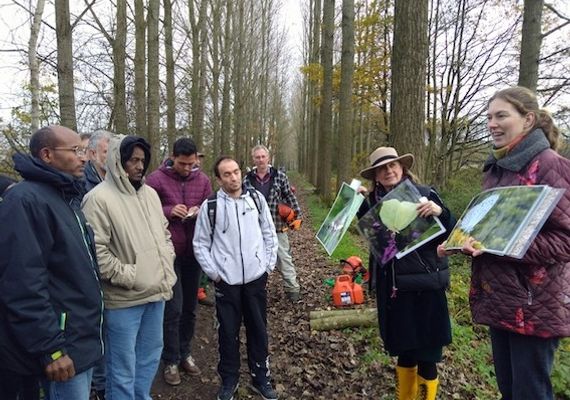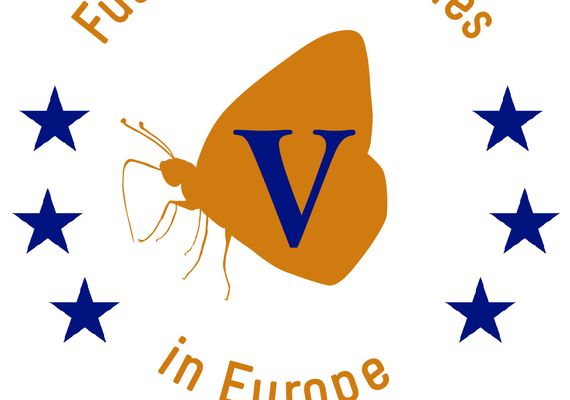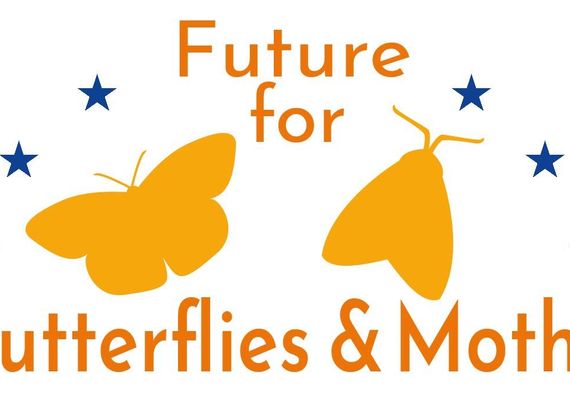Future for butterflies and moths
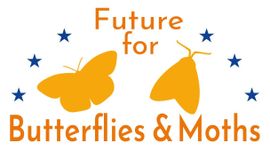
International Symposium: Future for Butterflies & Moths
Provide a future for butterflies and moths
Butterflies and moths are declining seriously in most countries across Europe, and action is needed urgently at all levels, from local to European, in order to secure their survival. As charismatic species, indicators of biodiversity and providers of ecosystem functions and services, the conservation of butterflies and moths cover a broad spectrum of the conservation agenda.
With an ever-growing community of professional and citizen scientists as well as practitioners in the field of Lepidoptera conservation, we feel that this symposium will offer a perfect occasion to meet again and offer new evidence-based perspectives on providing a future for butterflies and moths in Europe. The current debates on nature restoration in Europe indicate that these are urgently needed. We expect to cover a range of emerging topics to advance Lepidoptera conservation and restoration and we welcome your contribution!
History
Our first symposium was held in 1989, marking the start of a period of fruitful research, new insights on butterfly ecology and distribution, and the rise of a broad awareness of butterflies as indicators and tools in nature conservation.
The second congress, in 2008, witnessed the emergence of butterfly conservation in a European perspective, with butterflies as one of the leading groups of species targeted in conservation as well as in EU policy - and with increasing attention for the role of moths.
The third congress, in 2012, brought together a full-grown community of scientists, conservation practitioners and volunteers working on a broad range of Lepidoptera. The meeting highlighted growing insights on the impacts of climate change, land use and nitrogen deposition, as well as the novel issue of influences of artificial light on moths.
Future 4 Butterflies in Europe, the fourth symposium, was held in 2016 and brought together more than 150 participants from 27 nations. It highlighted the increasing knowledge on moth ecology and the expansion of butterfly monitoring across Europe, with 22 regional and national schemes, as well as the application of these data to provide biodiversity indicators for the impacts of environmental change.
The 2020 symposium unfortunately had to be canceled at the last moment because of the corona pandemic. As an alternative we held the fifth symposium in 2021 as an online event, with only keynote speakers and meetings in breakout rooms. Although it offered opportunities for more people than ever – 300 participants from 35 countries – to join us behind the screen, we are very much looking forward to meet in a live event again!
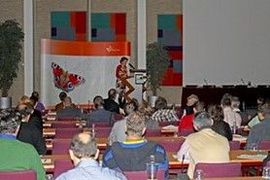
Call for abstracts
The 6th international symposium on Future of Butterflies & Moths in Europe will be held in Wageningen, the Netherlands, 3-5 April 2025.
We are proud to announce the contribution of the following keynote speakers:
- Federico Riva (Vrije Universiteit Amsterdam) – Land use planning for biodiversity
- Andrew Suggitt (Northumbria University) – Microclimatic buffering of climate change
- Constanti Stefanescu (Natural Sciences Museum of Granollers) – A Mediterranean perspective on butterfly conservation
- Thomas Merckx (Vrije Universiteit Brussel) – Urban evolutionary ecology of Lepidoptera
- Nina Fatouros (Wageningen University) – Learning from multitrophic interactions
- Jan Christian Habel (University of Salzburg) – Effects of land-use and climate change
Please have a look at the preliminary programme here. Posters are still most welcome. Please register before 15th of January for the early bird fee.
Please forward this announcement to your colleagues.
We look forward to meeting you at our conference!
The organising committee,
Michiel WallisDeVries
Chris Van Swaay
Irma Wynhoff
Jannes Boers
Bas Oteman
Jolanda Pieket


